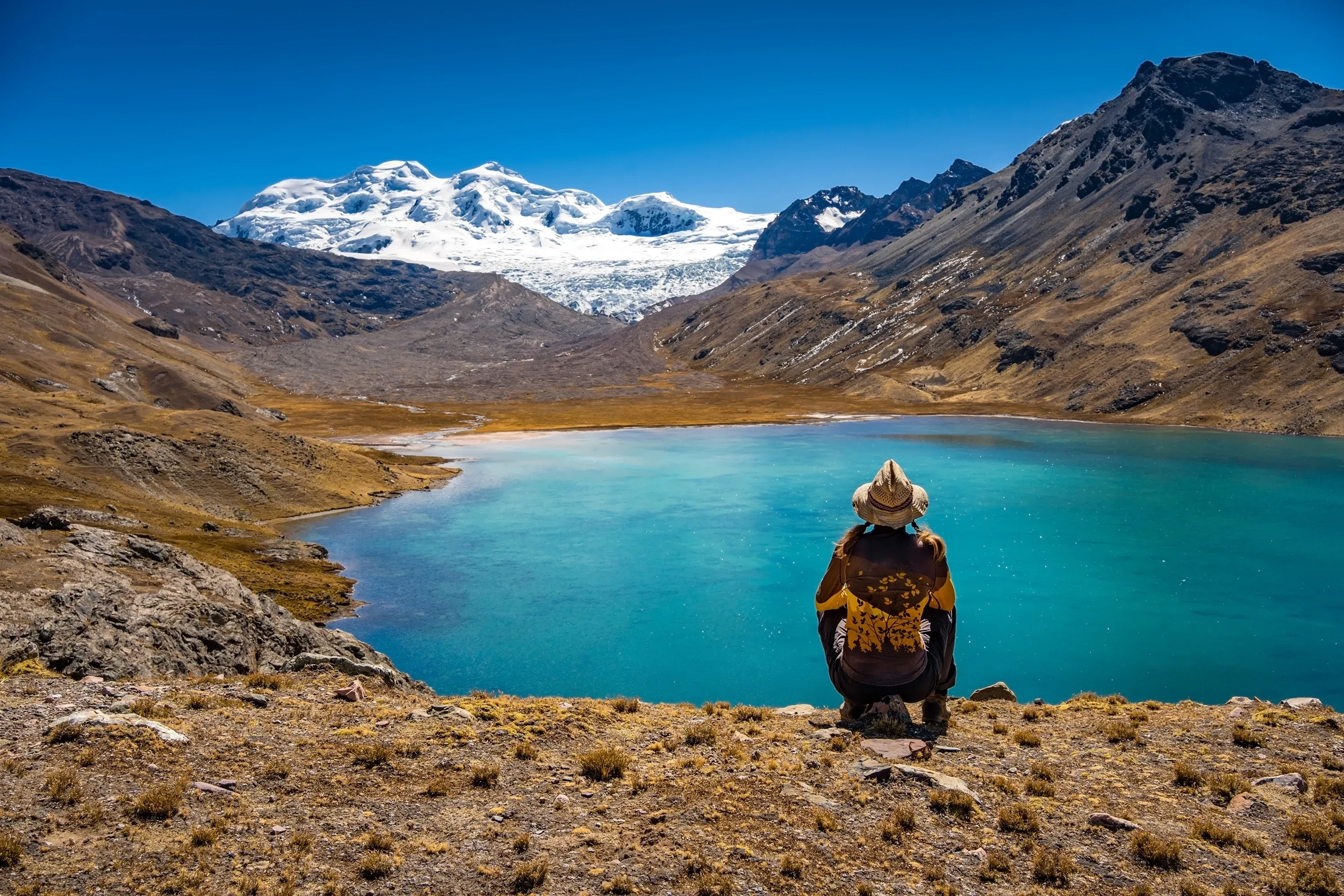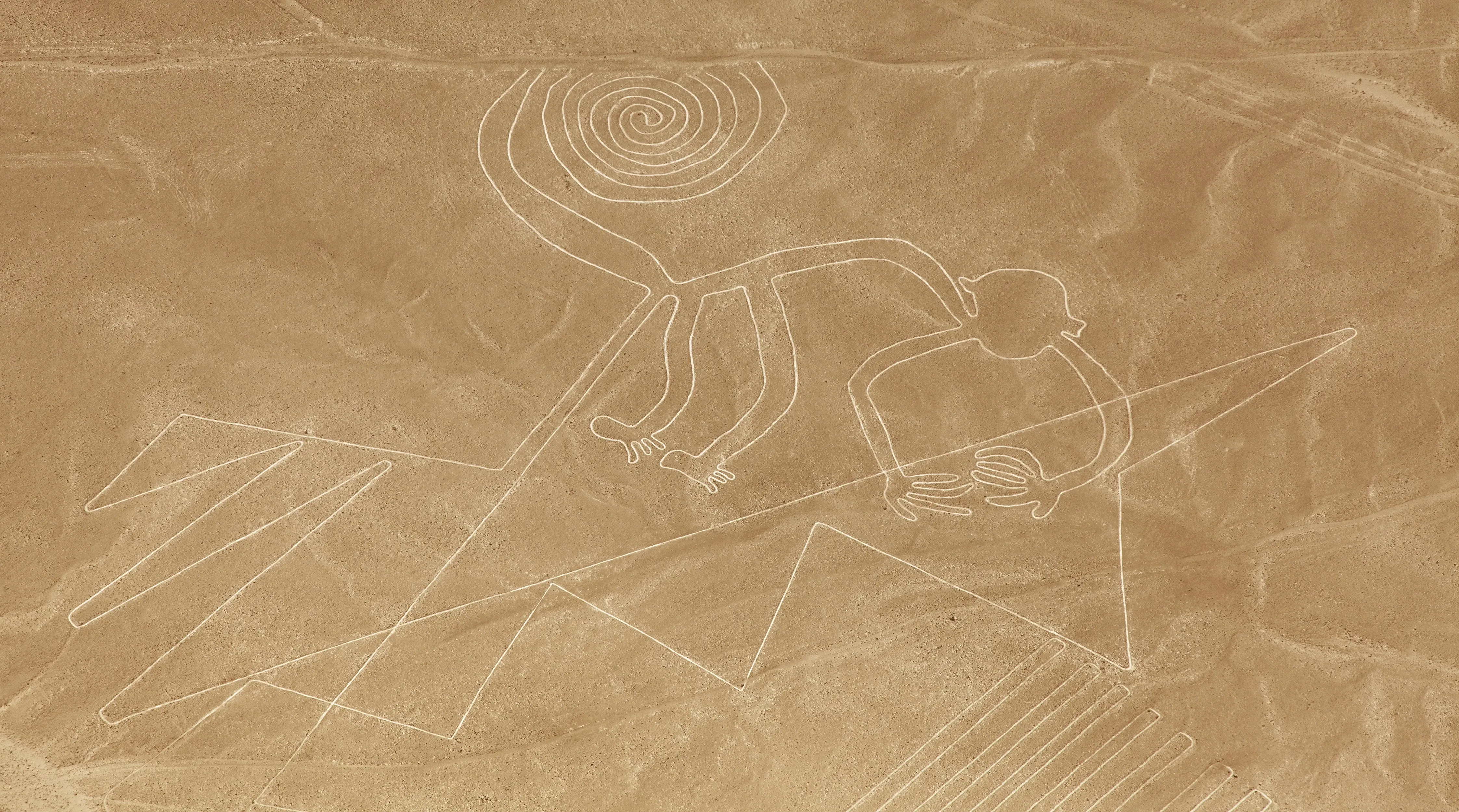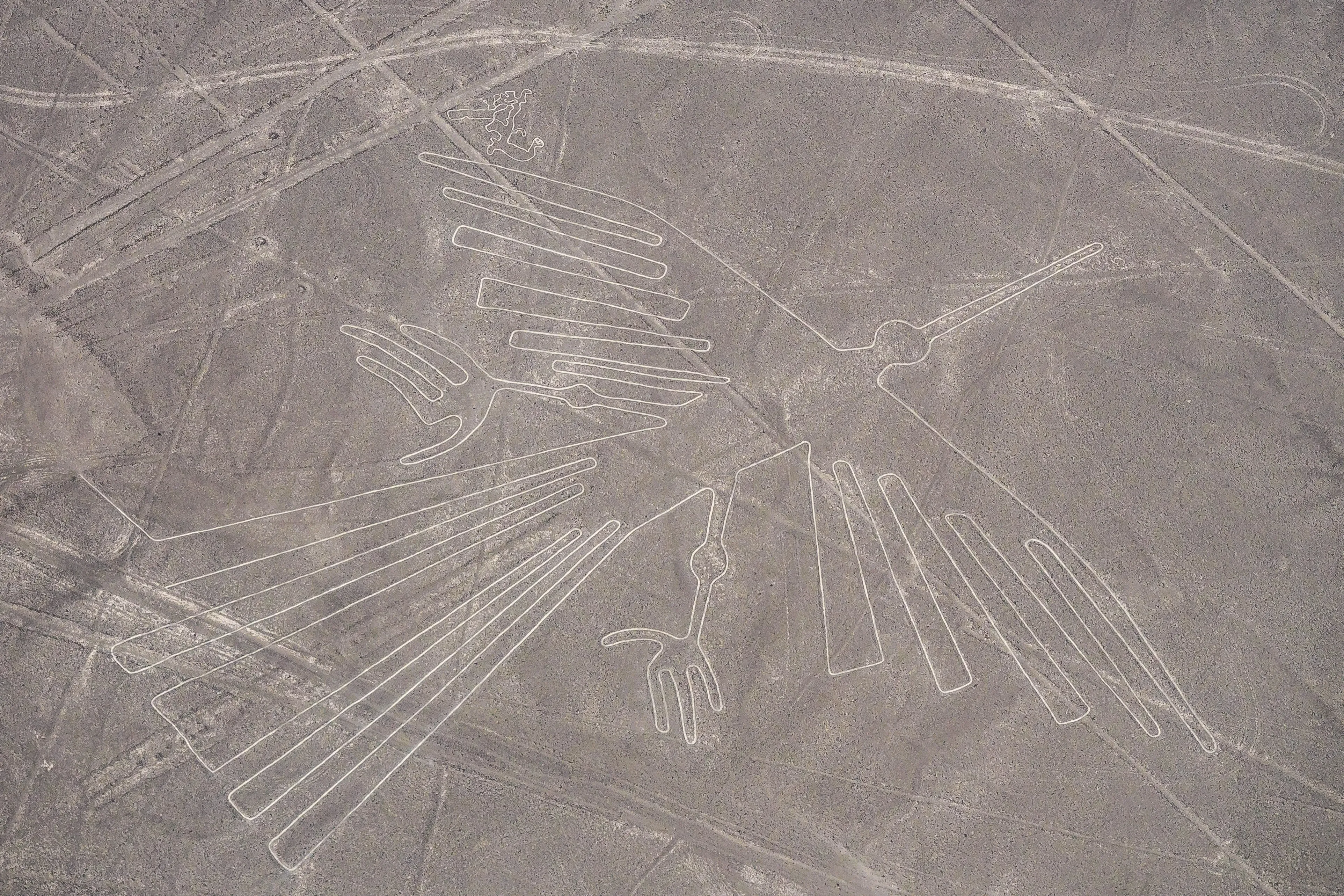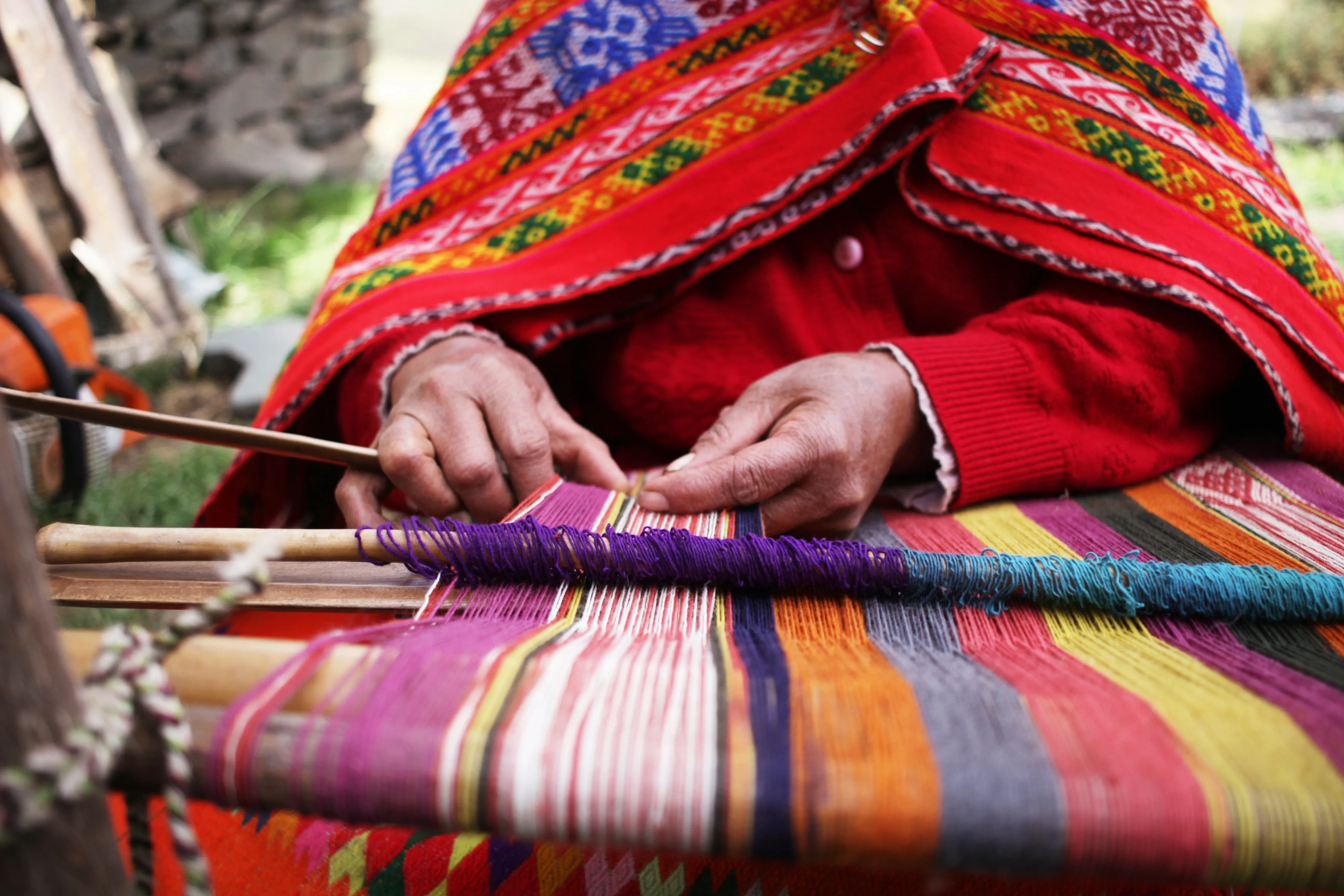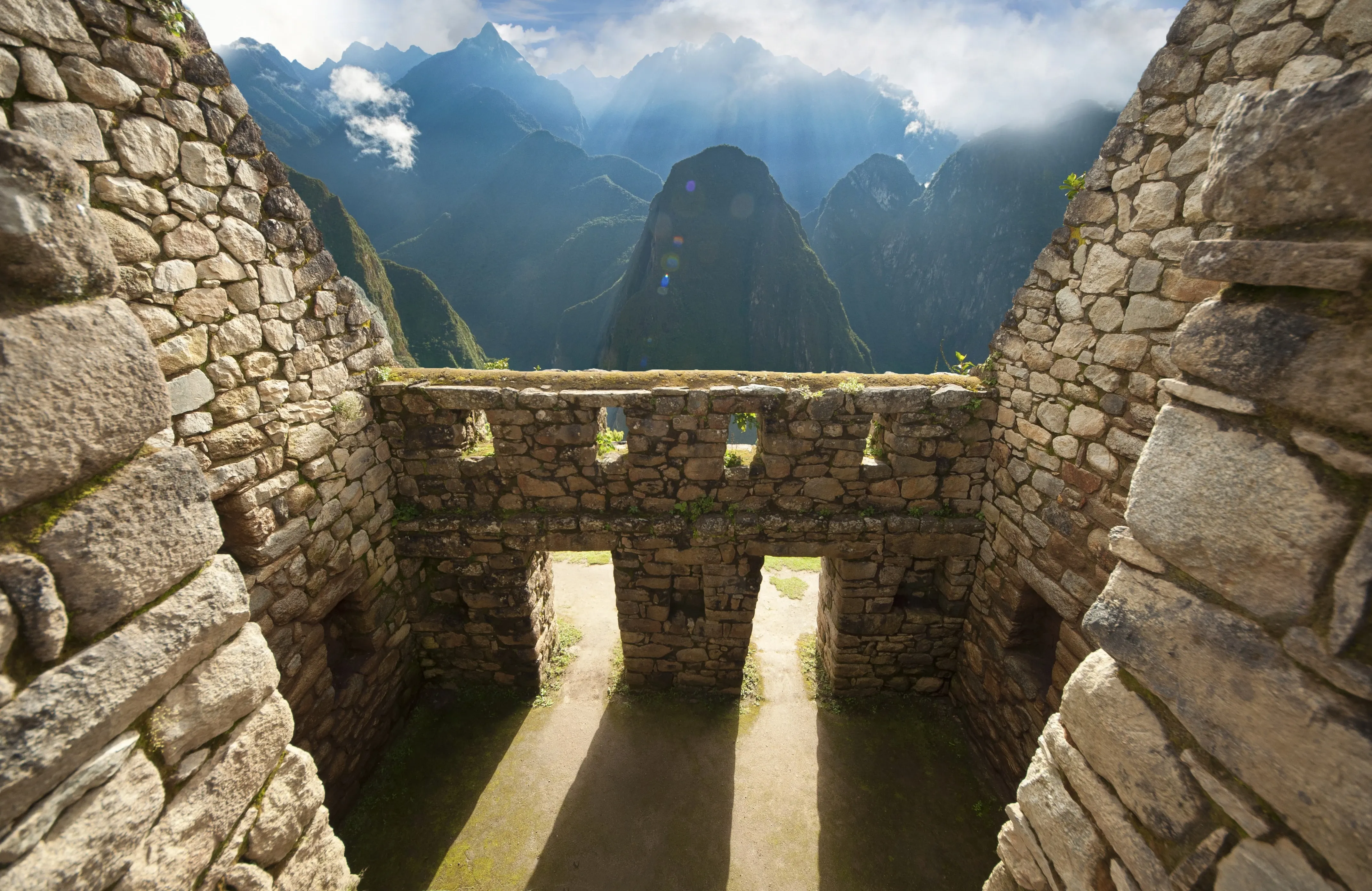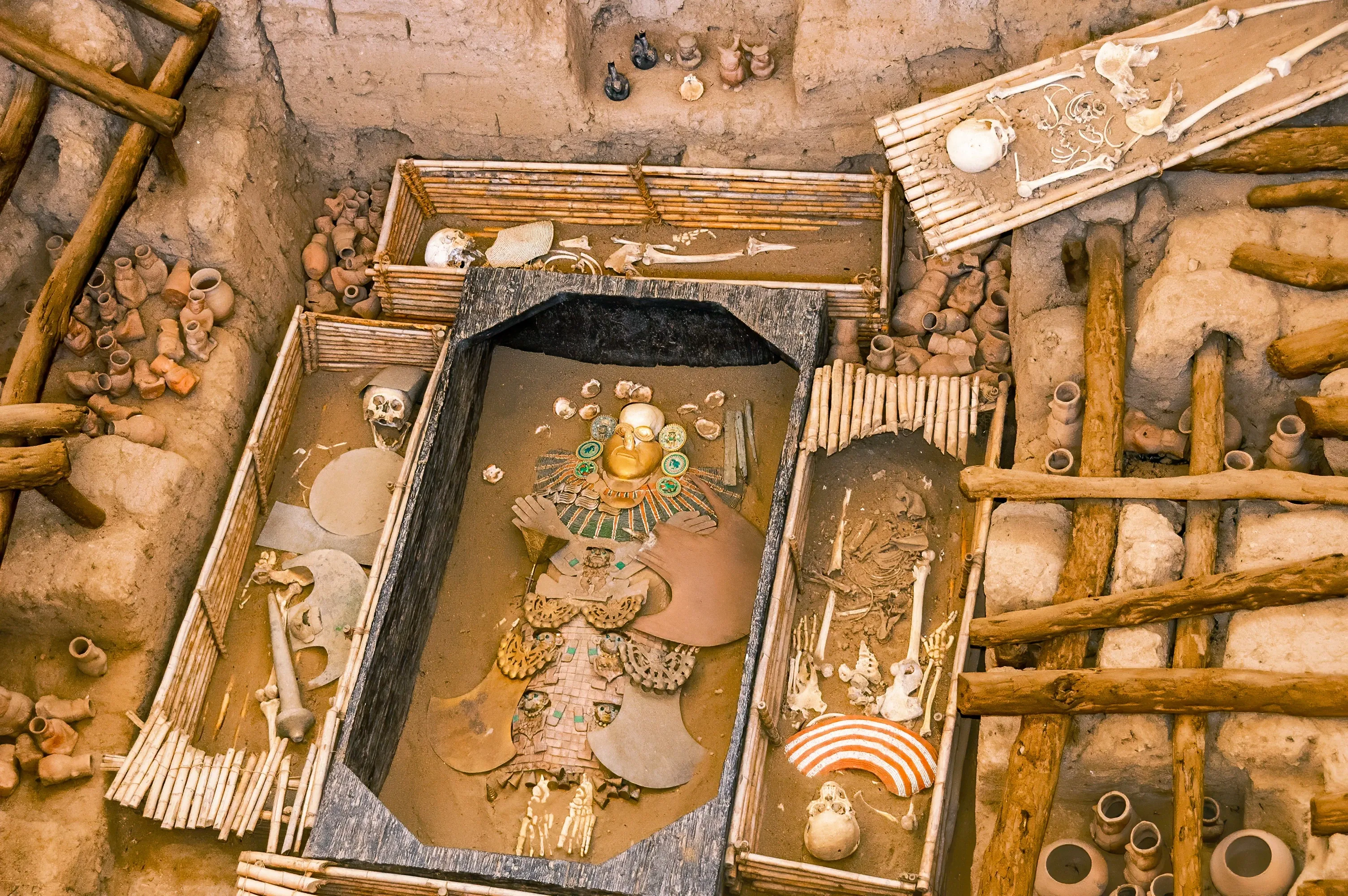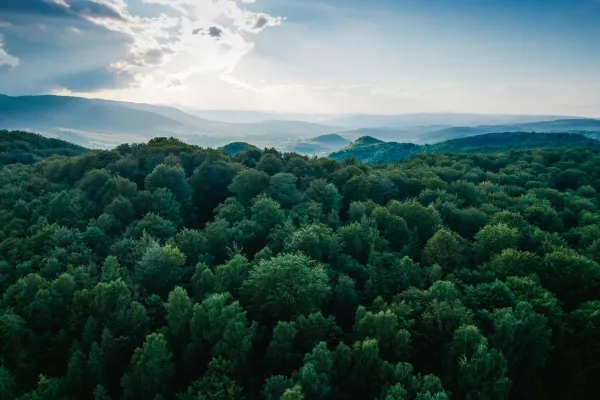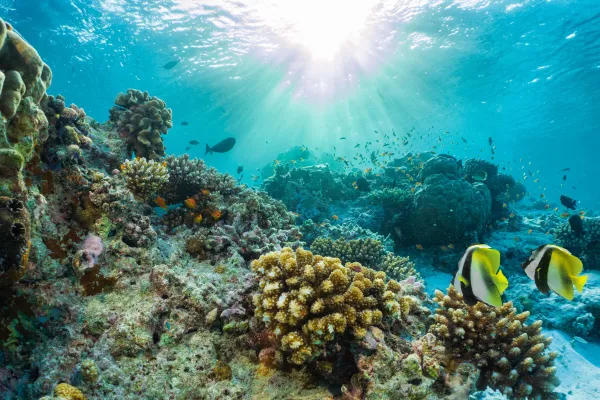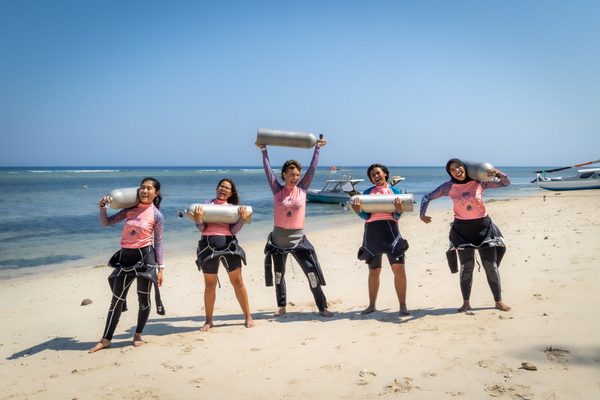Responsible travel to Peru's cultural sites
Tourism is an integral and critical contributor to Peru’s economy, creating millions of jobs and generating much-needed revenue annually. However, the constant influx of foreign visitors and insufficient resources are taking their toll on Peru’s cultural sites. Here are ways you can help.
Peru’s snow-capped mountains, spectacular archaeological sites, and colourful melting pot of cultures draw millions of travellers annually. In 2022, tourism brought in almost 3 billion USD - lower than pre-pandemic levels but still a whopping sum. However, the industry has a dark side. In recent years, there have been increasing reports of tourism’s adverse effects on cultural sites, including overcrowding, vandalism, theft, and damage.
In 2014, after Greenpeace protesters stormed the historical Nazca Lines, Peru’s Minister of Culture issued a grave warning. ‘More than 1,000 of Peru’s archaeological sites are at risk for lack of security and resources to guard the sites,’ he stated. Furthermore, the architectural marvel of Machu Picchu - Peru’s most revered and visited cultural site - has suffered significant damage from tourism.

Ironically called ‘The Lost City’, Machu Picchu receives roughly 2500 visitors daily, year-round. This overwhelming foot traffic has caused certain stone structures to erode. Consequently, the government announced in 2023 that it would close parts of Machu Picchu to visitors.
Peru’s historical roots go back to a series of ancient civilisations. These indigenous people include the Nazca, who carved beautiful stone geoglyphs, and the Inca, master builders who created Machu Picchu. Therefore, the deterioration of cultural treasures is a distressing problem with social and economic repercussions.
However, every tourist visiting Peru can help correct this negative tourism trend with a few simple steps. Moreover, you can use these guidelines to minimise your impact on archaeological and historical destinations worldwide. Here are our top tips for responsible travel to Peru’s cultural sites.
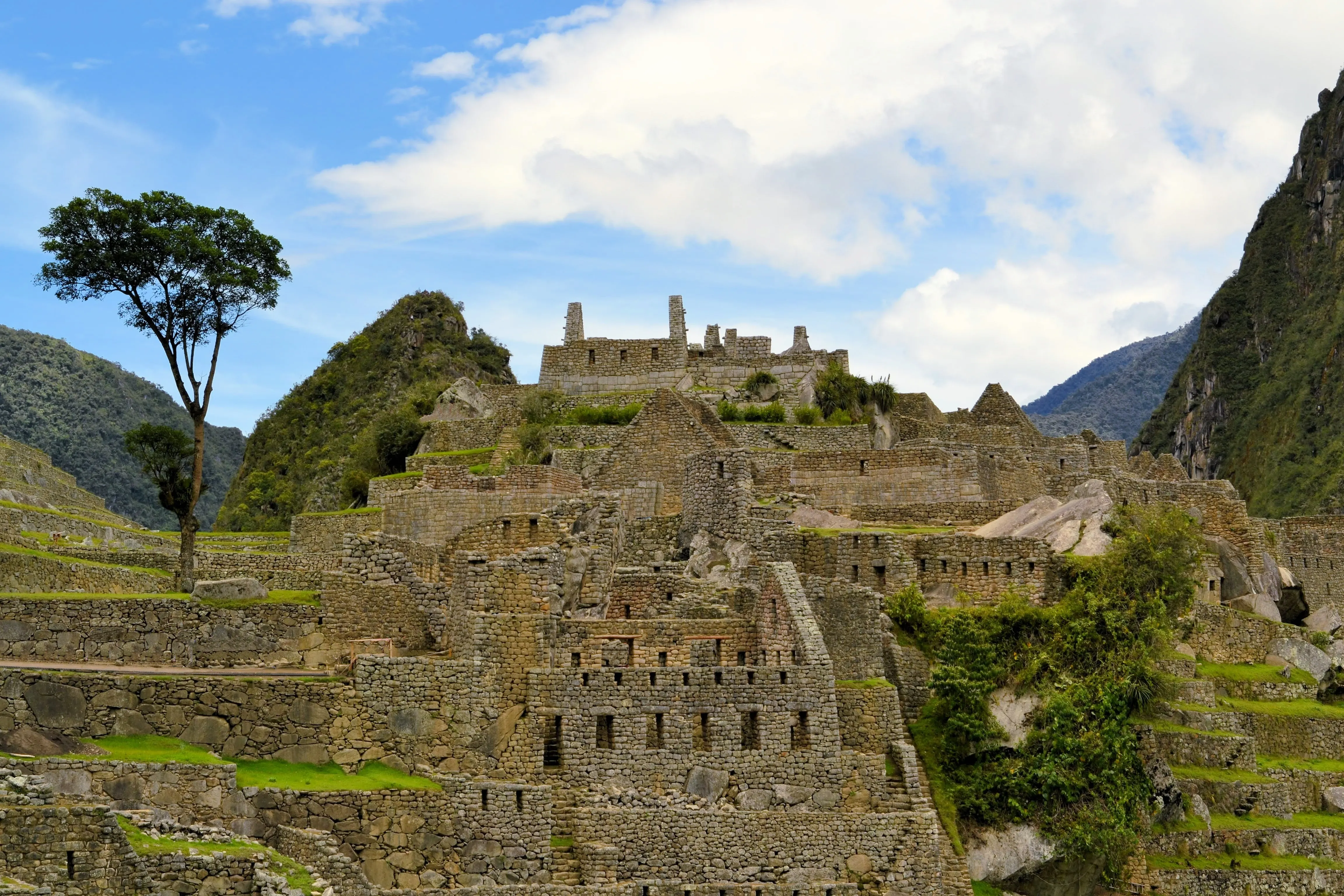
1. Avoid the crowds
The term overtourism has become disturbingly familiar in recent decades. According to the Oxford English Dictionary, it means ‘An excessive number of tourist visits to a popular destination or attraction, resulting in damage to the local environment and historical sites and poorer quality of life for residents’. This is precisely what has happened at some of Peru’s most outstanding cultural sites.
However, you can help by visiting these heritage destinations at off-peak times of the day and year. Between December and March, you can expect heavy rains and low visibility on mountain trails. Therefore, the optimal months to visit are the shoulder-season months of September, October, April, or May.
2. Leave no trace
Destruction, as well as pollution, are one of the top concerns at many of Peru’s cultural sites. It is therefore important to stay on the designated paths to protect the special flora. Animals should also be treated with respect and always kept at a safe distance so as not to disturb them. Moreover, you might think that a single dropped plastic bag or one meal purchased in non-biodegradable material could make no difference to cultural sites. However, think again. Take Machu Picchu, for example, which receives almost a million visitors annually. If just 10% of these travellers were to drop a polluting item such as plastic, the total would equal close to 100 000 pieces of pollution.
This tip goes hand in hand with the next one - recycle at every possible opportunity. Another way you can avoid damaging Peru’s heritage sites is to stay on demarcated paths. These trails help visitors avoid delicate areas prone to erosion or those damaged by overtourism. Never walk on walls, structures, or rocks outside tracks, as this could break or dislodge them.
3. Reduce, reuse, recycle
The most proactive way to contribute to tourism pollution is not to contribute. However, this is easier said than done, particularly in countries with emerging economies like Peru. Nevertheless, if every traveller were to stick to the following steps, pollution of cultural sites would drop dramatically. Avoid single-use straws and plastics - instead, invest in a reusable alternative. Examples are steel, glass, or bamboo straws, bamboo utensils, glass water bottles, reusable food containers, and a fabric shopping bag. Furthermore, choose biodegradable packaging and food containers wherever possible. Alternatively, if you must use plastic items, recycle them whenever and wherever you can.
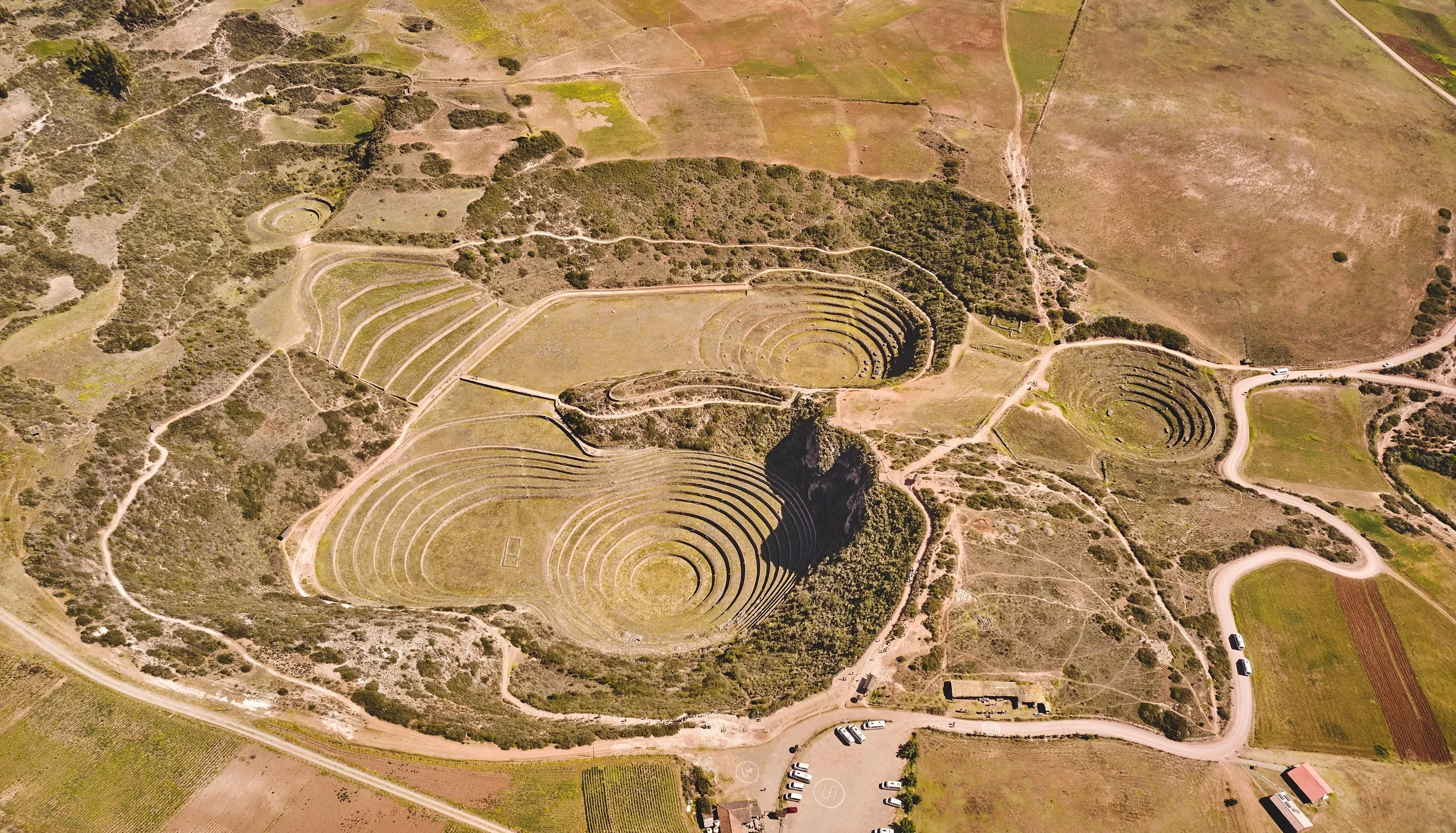
4. Be respectful
Respecting heritage sites goes beyond just their physical structures. It also means respecting and preserving the local culture attached to these places. Many Peruvians remain deeply traditional and adhere to age-old rituals and customs. Certain behaviours hold significant weight in the local culture, such as treating elders politely and dressing presentably.
If you are in doubt, watch, listen, and learn - the best cues always come from locals. You can also familiarise yourself with Peruvian culture in advance through books, online articles, or videos to learn more about the country's background and traditions.
5. Go local
Similarly, you can support Peruvian communities directly by ensuring your money goes back into the local economy. Stay in local guest houses or BnBs, eat at local restaurants, buy souvenirs from local artisans, and employ local guides. Interacting with community members will also make your experience richer and more authentic.
You can also opt for tour operators that emphasise sustainability and responsible tourism practices. Look for companies that support local communities, minimise environmental impact, and adhere to ethical standards.
6. Conserve resources
Be mindful of your water and energy consumption. Consider taking briefer showers, opting to reuse towels and bed linens, and promptly reporting any leaks. Always remember to switch off lights and adjust the thermostat, particularly if you'll be away for most of the day. When indulging in diverse and delectable local cuisine, resist the temptation to order excessively; be conscious of your limits to avoid unnecessary food waste. For those deeply intrigued by the region, take the time to delve into resource-related challenges and local initiatives, gaining a richer understanding of the community and its efforts.

7. Keep your hands to yourself
It may be human nature to reach out and touch items of beauty. However, handling ancient structures or artifacts can be more destructive than you might think. Sunscreen lotion, cosmetic body products, and even natural skin oils can affect these age-old structures and their encapsulating ecosystems. Similarly, spilled or discarded food and drinks can impact archaeological sites, ruins, and relics and are banned within Machu Picchu.
8. Volunteer your time and energy
One of the best ways to give back while travelling is to join a volunteer programme. Voluntourism is a form of travel that involves empowering or assisting local communities - its objective is to improve others’ lives. Eco-voluntourism is similar but focuses on environmental conservation in nature rather than helping people directly. You can choose from various volunteer projects in Peru, including those focused on nature conservation, cultural preservation, or supporting community empowerment.
One project example is the following: Spend some timest t in the rainforeo research or study animal behaviour. These experiences offer volunteers opportunities for personal growth and the fulfillment of making a difference. Most volunteer programmes run for two to 14 weeks. Therefore, voluntourism is better suited to long-stay travellers or those with time flexibility.
A promising future
The good news is the Peruvian government is taking proactive steps to halt tourism-related damage to Peru’s cultural sites. Before closing sections of Machu Picchu in September 2023, they also limited the number of hikers on the Inca Trail to 500 at any time. Visitors can no longer travel independently; an accredited guide must accompany them. Additionally, there are now heavy penalties for people who disregard rules and regulations applying to cultural sites.
In 2020, the authorities deported several travellers and arrested one for breaking into Machu Picchu at night and damaging a temple. Moreover, they are now implementing drone surveillance and CCTV systems to monitor Machu Picchu and other significant archaeological locations. Hopefully, with these positive developments and the participation of responsible travellers, Peru’s historical gems will survive for many more generations.
Sign up for the newsletter
By clicking on “Subscribe now” I will subscribe to the Conscious Explorer newsletter with all the information about mindful travel. Information on the success measurement included in the consent, the use of the shipping service provider MailChimp, logging of the registration and your rights of revocation can be found in our privacy policy.


